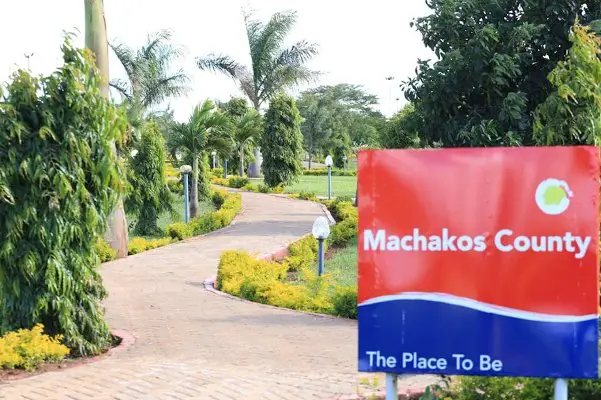Imagine being surrounded by lush green landscapes, vibrant markets filled with the tantalizing aromas of local cuisine, and a rich cultural heritage that spans centuries. Machakos County is your gateway to all of this and more. Nestled in the heart of Kenya, this enchanting county is a treasure trove of natural wonders, historical landmarks, and warm-hearted locals. From the breathtaking beauty of the Machakos People’s Park to the vibrant energy of the Machakos Market, there is something here to captivate every traveler. So, pack your bags, embrace the spirit of adventure, and get ready to explore all that Machakos County has to offer.
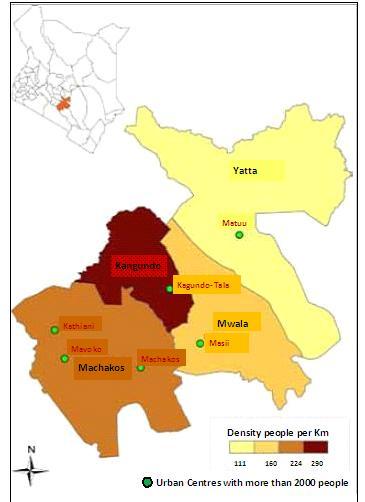
This image is property of opencounty.org.
Geography
Location
Machakos County is located in the Eastern region of Kenya, approximately 63 kilometers southeast of Nairobi, the capital city. It is bordered by Nairobi County to the west, Kajiado County to the southwest, Kiambu County to the northwest, Murang’a County to the north, Embu County to the northeast, Kitui County to the east, and Makueni County to the south.
Physical Features
The county covers an area of approximately 6,208 square kilometers, encompassing diverse landscapes and physical features. The central part of Machakos County is characterized by undulating hills and valleys, while the eastern part is dominated by the Yatta Plateau, one of the world’s largest lava plateaus. The plateau stretches for about 290 kilometers and is a prominent feature of the county’s topography. Additionally, Machakos County is traversed by several rivers, including the Athi River, which is the longest river in the county.
Climate
Machakos County experiences a semi-arid climate with distinct wet and dry seasons. The county’s proximity to the equator ensures relatively consistent temperatures throughout the year, with average highs ranging from 23 to 32 degrees Celsius (73 to 90 degrees Fahrenheit). The rainy seasons occur between April to June and October to December, with annual precipitation averaging around 800 millimeters (31 inches). The county’s climate, characterized by hot days and cool nights, provides favorable conditions for agriculture and tourism.
Flora and Fauna
Machakos County boasts a rich variety of flora and fauna, showcasing the region’s natural beauty. The county’s diverse plant life ranges from arid-adapted shrubs and grasses in the drier areas to lush vegetation along the riverbanks. Acacia trees, baobabs, and euphorbias are prevalent in the county. In terms of fauna, Machakos County is home to numerous wildlife species, including elephants, buffaloes, zebras, giraffes, and various antelope species. The Athi River is particularly renowned for its crocodile and hippopotamus populations, attracting wildlife enthusiasts and nature lovers from far and wide.
History
Pre-Colonial Period
The Machakos region has a rich history that dates back to pre-colonial times. The county is primarily inhabited by the Kamba community, whose ancestors migrated to the area over several centuries. The Kamba people have a strong cultural heritage and were traditionally known as skilled artisans, traders, and agriculturalists. They established thriving communities with well-organized social structures and governance systems.
Colonial Period
During the colonial period, Machakos County, like the rest of Kenya, fell under British rule. The British colonial government established administrative centers in Machakos as part of their efforts to control and govern the region. The town of Machakos became an important hub for trade and commerce, attracting settlers and immigrants from various backgrounds. The colonial era brought significant changes to the socio-economic landscape of the county, leading to the introduction of cash crops and the growth of urban centers.
Post-Independence
Following Kenya’s independence in 1963, Machakos County became part of the newly formed republic. The county has since witnessed significant development and progress in various sectors. Infrastructure projects, such as roads, schools, hospitals, and government institutions, have been established to support the growing population and promote economic growth. Machakos County continues to embrace its cultural heritage while embracing modernization and contributing to the overall development of Kenya.
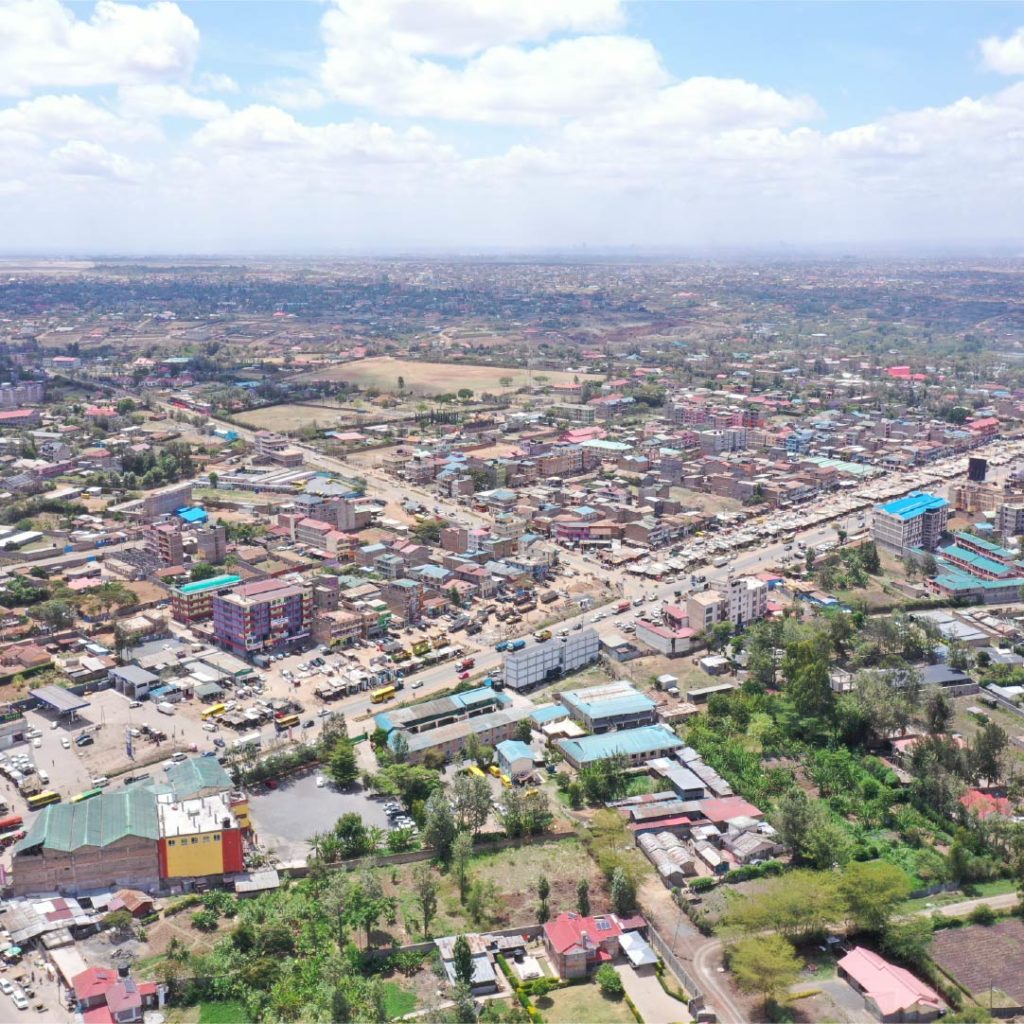
This image is property of mintvillas.co.ke.
Demographics
Population
Machakos County has experienced steady population growth over the years. According to the latest available data, the county has a population of approximately 1.4 million people. The population is predominantly rural, with the majority of residents engaged in agricultural activities.
Ethnic Groups
The Kamba community is the largest ethnic group in Machakos County, constituting the majority of the population. However, the county also hosts diverse communities from other regions of Kenya, as well as a small expatriate population.
Languages
The Kamba language, also known as Kikamba, is the predominant language spoken in Machakos County. Swahili and English are widely spoken as well, serving as the lingua franca for communication and business transactions.
Administration
County Government
Machakos County is administratively divided into eight sub-counties, each with its own elected officials responsible for local governance. The county government, led by the Governor, oversees the overall management and development of the county’s resources and services. The county administration is committed to promoting good governance, equitable resource allocation, and efficient service delivery to the residents.
Sub-Counties
The eight sub-counties of Machakos County are Machakos, Mavoko, Yatta, Kangundo, Matungulu, Mwala, Kathiani, and Kalama. Each sub-county is further divided into wards, which form the basis for representation and resource allocation at the local level.
Constituencies
Machakos County is divided into six constituencies for national representation in the Kenyan Parliament. These constituencies are Machakos Town, Mavoko, Yatta, Kangundo, Matungulu, and Mwala. Each constituency has an elected Member of Parliament who represents the interests of the constituency’s residents in national governance and legislation.

This image is property of i2.wp.com.
Economy
Agriculture
Agriculture is a vital sector in Machakos County, employing a significant portion of the population and contributing to the county’s economy. The fertile soils and favorable climate support the cultivation of a wide range of crops, including maize, beans, peas, bananas, mangoes, and various vegetables. Livestock farming, particularly poultry and dairy farming, is also prevalent in the county.
Tourism
Machakos County has immense potential for tourism, offering visitors an opportunity to explore its natural and cultural attractions. The Yatta Plateau, with its breathtaking views and unique geology, attracts hikers, nature enthusiasts, and geologists. The county is also known for its vibrant cultural festivals, traditional dances, and crafts. Tourists can immerse themselves in the Kamba culture, visit historic sites, and enjoy the warm hospitality of the locals.
Manufacturing
The county’s manufacturing sector has been steadily growing, thanks to the availability of skilled labor and natural resources. Machakos County is home to various industries, including food processing, textiles, construction materials, and handicrafts. These industries contribute to job creation and the overall economic growth of the county.
Service Industry
The service industry plays a crucial role in the economy of Machakos County. The county’s rapid urbanization has led to the growth of businesses, including hotels, restaurants, retail stores, and financial institutions. The service sector provides employment opportunities and enhances the county’s attractiveness as a commercial and investment destination.
Infrastructure
Transportation
Machakos County has a well-developed road network, connecting its major towns and rural areas. The road infrastructure facilitates the movement of people, goods, and services within and outside the county. Public transportation, including buses and matatus (minibusses), is readily available, ensuring easy access to various destinations. In addition, the county is served by the Nairobi-Mombasa railway line, which passes through some of its towns, providing convenient transport options for both passengers and freight.
Education
Machakos County has made significant strides in improving its education sector. The county government has invested in the construction and renovation of schools, ensuring access to quality education for all residents. Both public and private schools operate in the county, offering primary, secondary, and tertiary education. Additionally, the county has established technical and vocational training centers to equip the youth with practical skills for the job market.
Healthcare
The healthcare system in Machakos County has undergone substantial development to cater to the growing population’s medical needs. The county government has established hospitals, health centers, and dispensaries in various locations, ensuring access to healthcare services. The healthcare facilities offer a range of services, including primary healthcare, emergency care, and specialized medical treatments. Efforts are ongoing to further improve the healthcare infrastructure and address healthcare challenges effectively.
Utilities
Machakos County enjoys access to essential utilities, such as electricity, water, and communication services. The county’s electricity supply is mainly sourced from the national power grid, with efforts underway to expand and enhance the distribution network. Water supply has also been improved through the construction of dams, boreholes, and water treatment plants. Telecommunication services, including mobile and internet connectivity, are readily available, enabling effective communication and connectivity for residents and businesses.
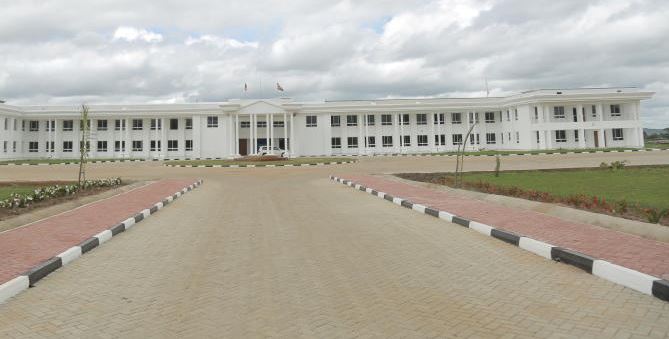
This image is property of machakos.go.ke.
Culture
Traditions and Customs
The Kamba community, with its rich cultural heritage, has preserved various traditions and customs in Machakos County. These traditions and customs are celebrated and upheld during cultural festivals and significant community events. The Kamba people are known for their strong sense of unity, respect for elders, and vibrant family values. Traditional practices such as storytelling, initiation ceremonies, and communal work still hold great importance in the county.
Music and Dance
Music and dance are an integral part of the Kamba culture, providing a means of expression, storytelling, and entertainment. Traditional musical instruments, such as the mbilu, a thumb piano, and the ngoma, a drum, are used to create rhythmic melodies. Ngoma dances, characterized by energetic movements and colorful costumes, are performed during celebrations, weddings, and cultural events.
Art and Crafts
Machakos County is renowned for its exquisite art and crafts, showcasing the talent and creativity of the Kamba people. Wood carving is a dominant craft, with skilled artisans producing intricate sculptures, masks, furniture, and decorative items. Basket weaving, pottery, and beadwork are also popular traditional crafts that reflect the cultural heritage of the county. Visitors can explore local markets and workshops to appreciate and purchase these unique handicrafts.
Tourist Attractions
National Parks and Reserves
Machakos County is blessed with several national parks and reserves that offer breathtaking scenery and opportunities for wildlife viewing. The Tsavo East National Park, located in the southeastern part of the county, is renowned for its diverse wildlife, including elephants, lions, buffaloes, and various bird species. The Ol Donyo Sabuk National Park, home to Mount Kilimambogo, offers panoramic views of the surrounding plains and serves as a habitat for wildlife.
Historical Sites
Machakos County is steeped in history, with numerous historical sites that shed light on the region’s past. The Machakos People’s Park, located in the heart of Machakos Town, is a popular recreational park with historic significance. It was the site where the British colonial government signed a peace treaty with the Kamba community in 1902. Other historical landmarks include the Jomo Kenyatta’s Mausoleum in Mavoko and the Vasco da Gama Pillar in Malindi.
Scenic Spots
The county boasts stunning scenic spots that attract both locals and tourists. The Fourteen Falls, located on the Athi River, is a magnificent waterfall cascading over a series of rapids and rocks. The Mua Hills, with their panoramic views of the surrounding plains, provide a relaxing and tranquil environment. Visitors can also explore the Kyamwilu Hill, with its unique rock formations, or enjoy the serene beauty of the Athi Plains.
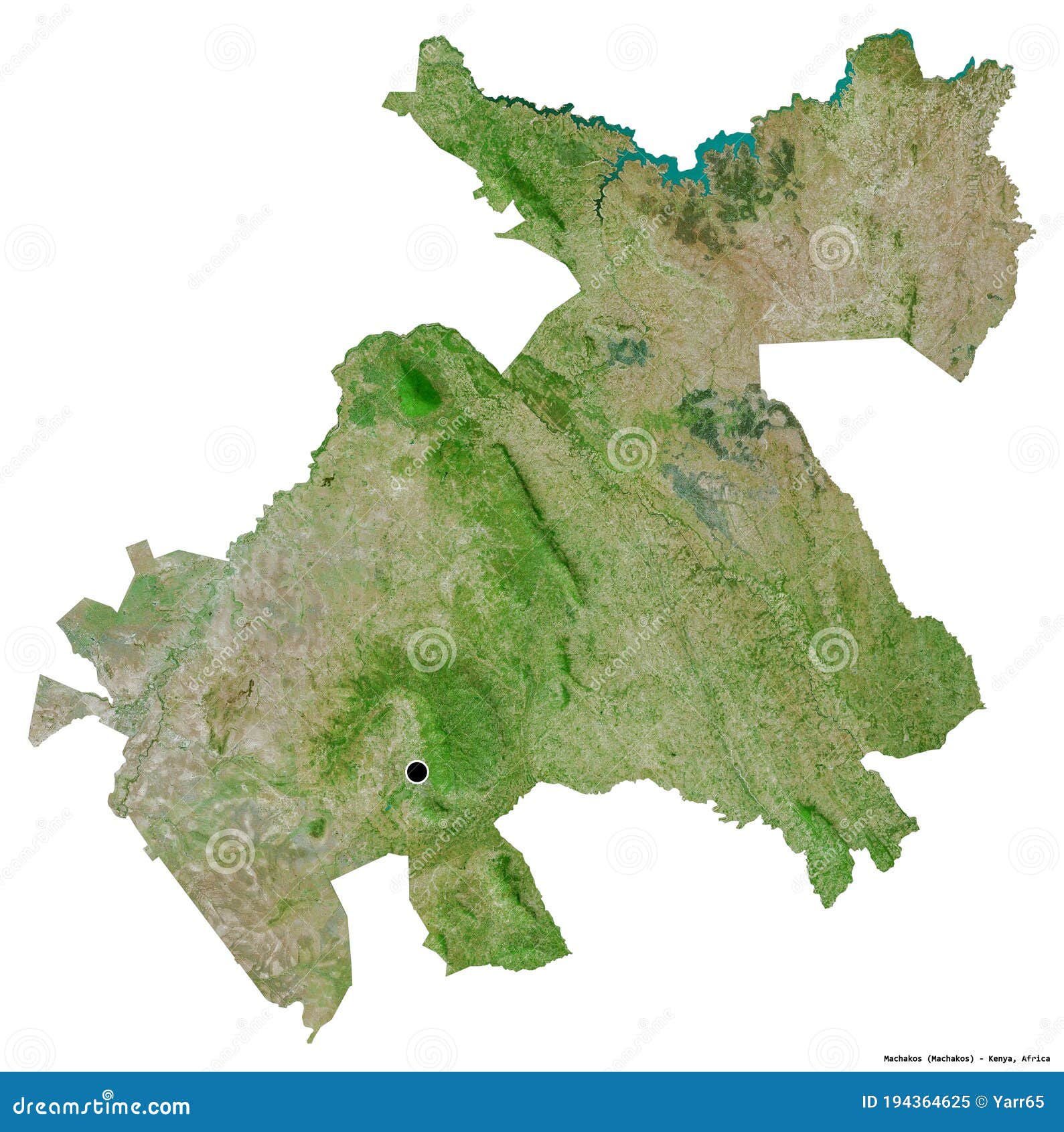
This image is property of thumbs.dreamstime.com.
Events and Festivals
County Events
Machakos County hosts various events throughout the year that showcase its diverse culture, talents, and achievements. The Machakos Music Festival, held annually, brings together talented musicians, dancers, and performers from the county. The Machakos Trade Fair is another significant event that promotes businesses, entrepreneurship, and innovation.
Traditional Festivals
Traditional festivals play a crucial role in preserving the cultural heritage of Machakos County. The Utamaduni Festival, celebrated by the Kamba community, showcases traditional music, dance, crafts, and cuisine. The festival provides an opportunity for residents and visitors to immerse themselves in the vibrant Kamba culture and experience the customs and traditions firsthand.
Sports and Recreation
Sports Facilities
Machakos County has invested in sports facilities to promote physical fitness, talent development, and sports tourism. The Kenyatta Stadium in Machakos Town is a multipurpose stadium that hosts various sporting events, including football matches and athletics competitions. The stadium’s modern facilities and amenities make it a popular venue for local and national sporting activities.
Recreational Areas
The county offers numerous recreational areas where residents and visitors can engage in recreational activities and unwind. The Machakos People’s Park, apart from its historical significance, provides ample space for picnics, walks, and family outings. The Lukenya Hills, with their scenic views and rock climbing opportunities, attract outdoor enthusiasts and adventure seekers. Additionally, the county has several resorts and lodges that offer recreational amenities, including swimming pools, golf courses, and nature trails.
In conclusion, Machakos County is a diverse and vibrant region in Kenya, offering a wealth of natural, cultural, and historical attractions. From its unique geographical features and rich cultural heritage to its thriving economy and excellent infrastructure, Machakos County has much to offer residents and visitors alike. The county’s commitment to sustainable development, coupled with its warm hospitality, ensures a memorable experience for anyone exploring its wonders.

